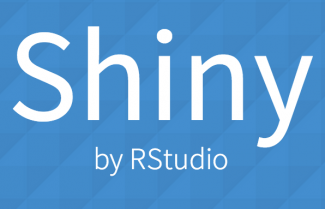

The solution is to expose your server to the public internet by forwarding incoming traffic to the corresponding port in your server. You have installed Shiny and/or RStudio server in your home computer and it works great as long as you are connected to your local network, however, you can’t access it from other locations, What can you do? ⚠️ Some assembly required! This project is going to require you to investigate the specifics of your network equipment on your own.


To share it with the world it will need to be deployed to a server running R. This tutorial runs a Shiny app on your computer. library(golem) is particularly helpful for creating modular Shiny apps. Furthermore, if you find yourself writing very large and complicated Shiny apps, then look into ‘modularizing Shiny code’. This does not change the functionality but allows to better organise your code. It is possible to separate app.R into two separate scripts: ui.R and server.R. More about getting started with Shiny can found here: You now understand the basic skeleton - that there is a user interface (ui) and a server. STEP 5 (optional): Add animate = TRUE inside sliderInput(). You now have a fully functioning Shiny app and all you had to do was wrap your beautiful plot code inside some ()s, add a sliderInput(), and replace 2007 with input$year. Press Control+Shift+Enter or the “Run App” button. Gapminder %>% filter(year = input $year) %>% ggplot( aes(y = lifeExp, x = continent)) +.


 0 kommentar(er)
0 kommentar(er)
